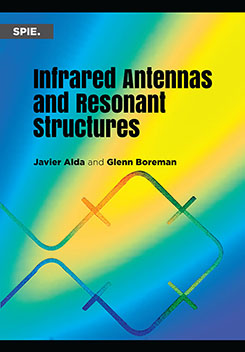|
For quite a few years, optical antennas and resonant structures have been the focus of several well-established fields that nonetheless are pushing the boundaries of science and technology. Between the 19th century foundations of electromagnetism and the 21st century revolution of nanophotonics, these antenna-like elements have found their way into cutting-edge laboratories and institutions that are pursuing the latest advances and contributions to nanoscience and nanotechnology. The research in optical antennas effectively merges the robustness of a well-founded formalism and the challenge to adapt to the optical regime those concepts that have been successful at lower frequencies. This quest cannot be seen as an incremental advance with respect to the previously obtained results. An understanding of these tiny structures at a subwavelength scale in the visible and the infrared has required the adaptation of the nanoworld to the quantum level, where cavity life time, and absorption and emission time constants are at play to fully grasp and analyze those phenomena. Nonlinear, electrochromic, and thermochromic mechanisms, and their combinations with metal, semi-metals, and dielectric materials have expanded the capabilities of new devices and applications. These additions also require appropriate analysis and modeling to properly include them in the inventory of useful technologies.
Besides the overview that we have provided in this book, there are a variety of issues that remain as open research topics surrounding the technology of optical and IR antennas. Among these issues we include the following.
|


